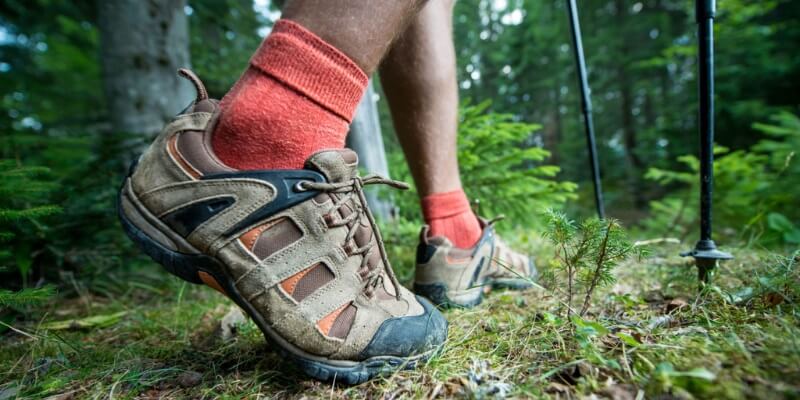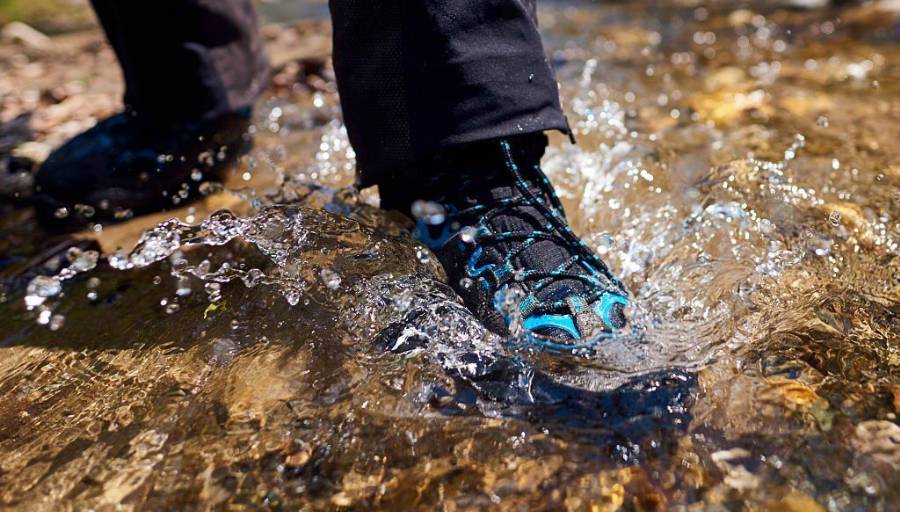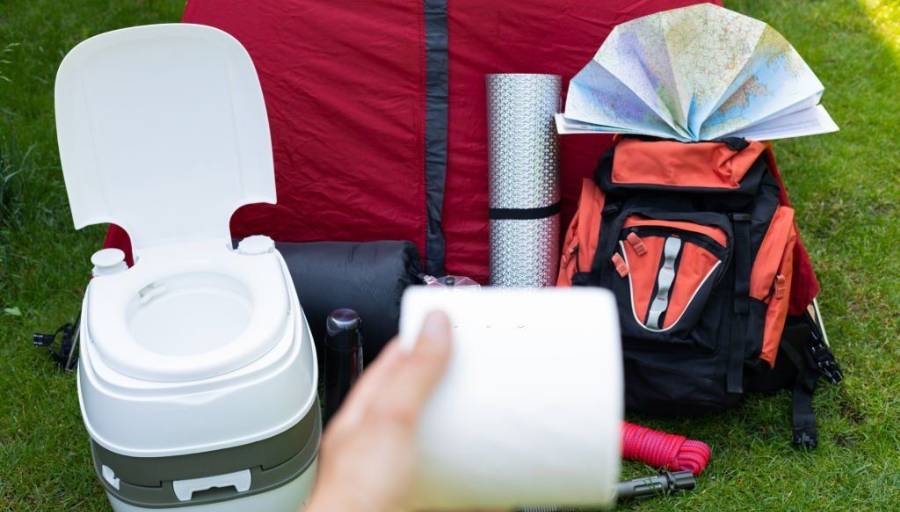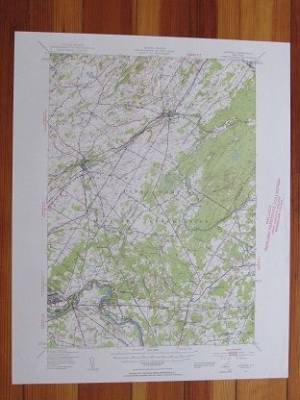How to Choose the Right Size of Hiking Boots?

Are you looking to buy new hiking boots but uncertain about which size to choose? Purchasing hiking shoes online often comes with the anxiety that they may not fit properly. Although size differences between manufacturers have become narrower, opting for a half size or a full size larger than your usual size can sometimes help… but it’s not always guaranteed to work.
There is no specific standard for determining the correct size of hiking boots; each brand designs its footwear to cater to its target consumers in various regions, which can vary significantly based on whether the manufacturer is French, Italian, German, English, American, or from elsewhere. In this guide, I will outline a method to help you minimize the risk of selecting the wrong size when trying on shoes in-store isn’t an option.
How to Choose the Right Size of Hiking Boots
Let’s see how to choose the right size of hiking boots step by step…
Hiking boots sizes
We’ve all heard advice like “when hiking, choose one size larger than regular shoes,” which can be misleading. These rules often reflect outdated practices related to stiff shoes, sock allowances, and tight manufacturer sizing.
Today, hiking boot manufacturers are putting significant effort into size offerings, providing half sizes and even third sizes. This precision allows for hiking boots that fit your foot perfectly. However, the downside is that each brand has variations in sizing and size grids.
This highlights the importance of one key method for choosing the right size for your hiking boots: measuring your foot. This is the most reliable way to obtain a factual basis for comparison and align it with the sizing charts of various hiking shoe brands.
Measure your longest foot
To measure your feet, the ideal method is to have two people. Take a large sheet of paper, a pencil, and a tape measure or a graduated ruler. Place your sheet on the ground by wedging one of its edges against a wall. If possible, tap it to the ground so that it does not move.
Sit barefoot, straight, with your foot flat, heel propped up against the wall. The other person is responsible for making a mark on the end of your big toe or the longest toe if you have another that goes further. Avoid marking it yourself, as bending down can cause your foot to shift.
Next, measure the distance from that mark to the end of the sheet, in a straight line and at a right angle to the edge of the sheet. This will give you the length of your foot. You can do this measurement on your right and left foot but always remember the longest one. Usually, there are no big differences, but sometimes some people can see a few not-inconsiderable millimeters on one side or the other.
Choose your boot size according to your foot length
In general, there is a correspondence table between the sizes advertised by the brand and the length of the foot. You should find this information for most hiking and walking shoes on the market. If this information is not present on the model’s sales page, all you have to do is request it to find out the appropriate size for the model you are interested in.

It’s always recommended to leave a small gap of about ten millimeters between the inner heel of the shoe and your heel. This space accounts for the standard thickness of a sock and ensures comfort. Brands typically include this space in their sizing charts, so there’s no need to add anything to your foot measurement.
If your foot measurement falls between two sizes recommended by the manufacturer, it’s best to choose the larger size. With the availability of half or third sizes, this won’t result in shoes that are excessively big for your feet.
When trying on shoes, wear the walking socks you normally use, preferably the thickest pair. Lace up your shoes as if you’re preparing for a hike and walk at least 30 yards to ensure your feet are properly positioned. This will help you assess any discomfort or comfort accurately.
Don’t hesitate to walk up or down a few steps to ensure your foot isn’t pinching or feeling uncomfortable during this process. After a few minutes, you should feel comfortable and be able to determine if it’s the right size for your hiking boots!
What types of socks?
Of course, the type of socks you choose will directly influence the precision and/or comfort you are looking for. To date, there are no “miracle socks” that meet all needs and uses (in hot weather, in cold weather, thin, or thick, etc.). It all depends on the composition.
If you can try on your hiking shoes in a store, you must remember to take the pair of socks you can use most often. This makes it possible to verify the exact volume of the available boot. When purchasing online, if your foot measurement falls between two sizes and you plan to wear medium to thick socks along with a supportive insole, opt for the larger size.
Conclusion
As mentioned earlier, foot measurements and size charts aren’t always foolproof. However, this method can help reduce the risk of ordering the wrong shoe size when buying hiking boots online or through mail order. Stand up straight with your heel pressed against a wall. If possible, have someone assist you by holding a ruler perpendicular to the sheet at the end of your foot and then mark the line that indicates your actual foot size in millimeters.
I recommend removing the sock liner that comes with the shoe and replacing it with a proper supportive insole; your feet and body will appreciate it. When in doubt, it’s better to choose a hiking shoe that’s slightly too big—you can always use a thicker insole for added snugness—rather than a shoe that’s too small, which can cause discomfort during descents.
Thanks for reading!
If you need further information, feel free to ask questions in the comment section below.






